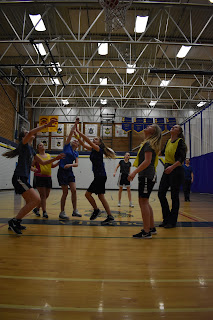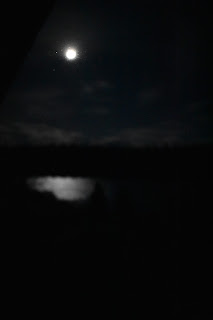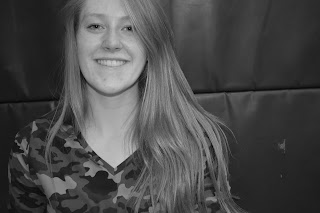Camera Orientation
How a camera works: When you are taking a picture, the light passes through the lens and reflects off a mirror so that you can see the image. When you are ready to take a picture, you click the button and the mirror lifts momentarily. This allows the image to save itself to your film.
How its different from a 35mm film load camera: This camera has a shutter that holds out the light until you are ready to take a picture. When you do, the shutter opens and focuses the light onto a film. The light is imprinted on the film and in order to see the picture it has to be soaked in a special chemical.
Questions
1. Rule of Thirds - Essentially, you divide up the picture into three horizontal and vertical sections. This is most commonly used to center your photo of to off center it for a more interesting photo.
2. When you have a long shutter speed, more motion is captured. Meaning you have to stay still. This is great for nighttime scenes.
3. Aperture is also known as an F stop. It controls how much of your image is in focus or not.
4. f2.8 = great for portraits
5. Depth of field is the range of distance within the subject that is acceptably and sharply in focus.
6. ISO - Light sensitivity of your cameras sensor
7. Having your camera on manual mode allows you to control all aspects of the camera such as the shutter speeds.
8. Exposure can mean your shutter speed, aperture, or ISO
9. A lens is the piece of glass attached to your camera. The types are prime, zoom, fast, and slow.
10. To focus your camera is to see sharply and clearly in depth of field.
11. Shooting speed mode determines how many pictures your camera will take when the shutter is pressed down.
12. Most common are JPEG's. Most cameras take these and they're the ones you always see online. RAW is a larger file that can contain more information and and allows more flexible editing.



Comments
Post a Comment